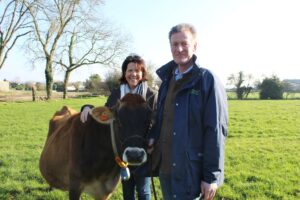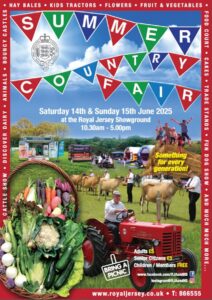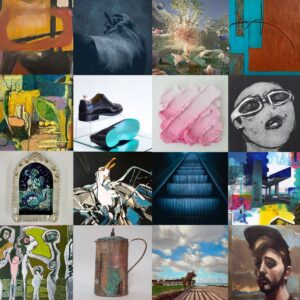
Hamish Marett-Crosby continues with his series looking at regions of France within easy reach of Jersey and and seeing what they have to offer. This issue finds him visiting Amboise in the Loire valley
Touraine is picture postcard France, the archetype that foreigners dream about when they think of exploring that country; the river Loire, the châteaux, the food, the wines, and more history than you can shake a stick at. Amboise is an example of all this; an ancient city just up river from Vouvray with its still and sparkling wines, part of Touraine with its easy drinking and flowery Sauvignon Blancs and on the edge of the Sologne where some of France’s best natural products for the table are cultivated and/or hunted.
On the banks of the Loire, Amboise is a small city with very royal connections and links with major historical figures. But France – the Loire Valley in particular – can be very confusing to those not versed in French history so time for a quick lesson. Most French kings are called Louis – either Valois or Bourbon – and the greater the number, written in roman numerals, after the name, the richer he was and the grander his manner. This was before Doctor Guillotine’s invention cut them down to size and gave les miserables something to watch while they did their knitting. Castles are linked to names of famous women who lived and held court there. Were they royal princesses or did they fulfil some other function? All those called any name except Catherine de Medici were probably royal mistresses or, as the French might call them, grandes horizontales.
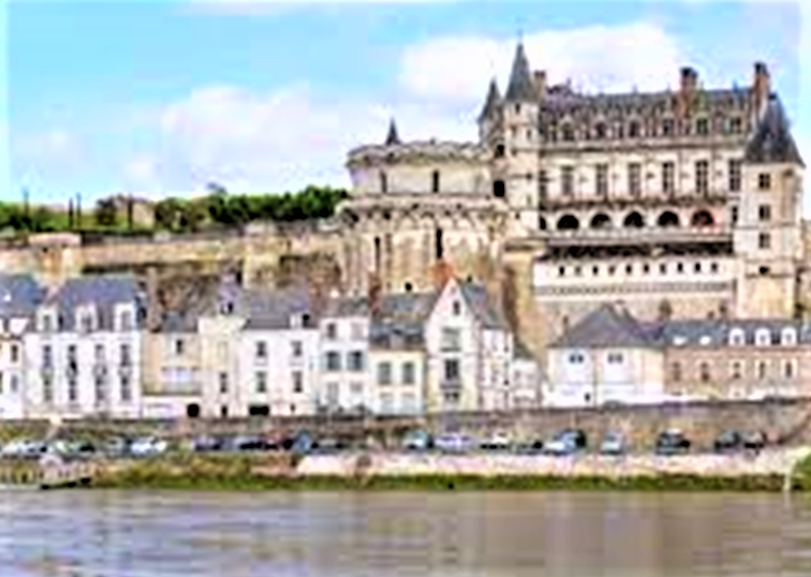
There is one Château (Cheverney) with a much more famous connection, for it has now been revealed that it was the Hergé’s inspiration for Moulinsart or, as the English know it, Marlinspike Hall, the ancestral home of Captain Haddock the disaster prone drunken seafarer and friend of Tintin. There Haddock, Tintin and Snowy are joined by the world-famous diva Bianca di Castafiore, Professor Calculus, Thomson and Thompson and the rest. It might not be “living History” but it’s significantly less pretentious and heavy handed than most such events and it is certainly living.
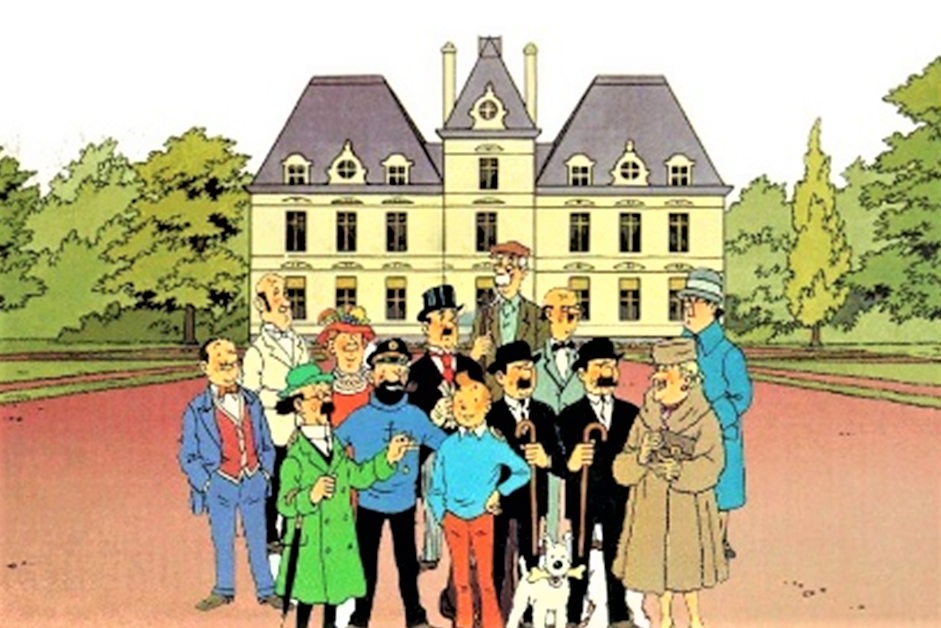
Touraine is a land of plenty, the vine has to compete for space. But from here comes the easy drinking and inexpensive Sauvignon de Touraine, to my mind one of the pleasantest and best value holiday wines around; it is also the easily accessible first rung on the vinous ladder that tops at Sancerre and Pouilly Fumé. The riverbank sees the triumph of another grape, the Chenin Blanc and the little town of Vouvray reveals the complexity and heights to which wine from this grape can aspire.
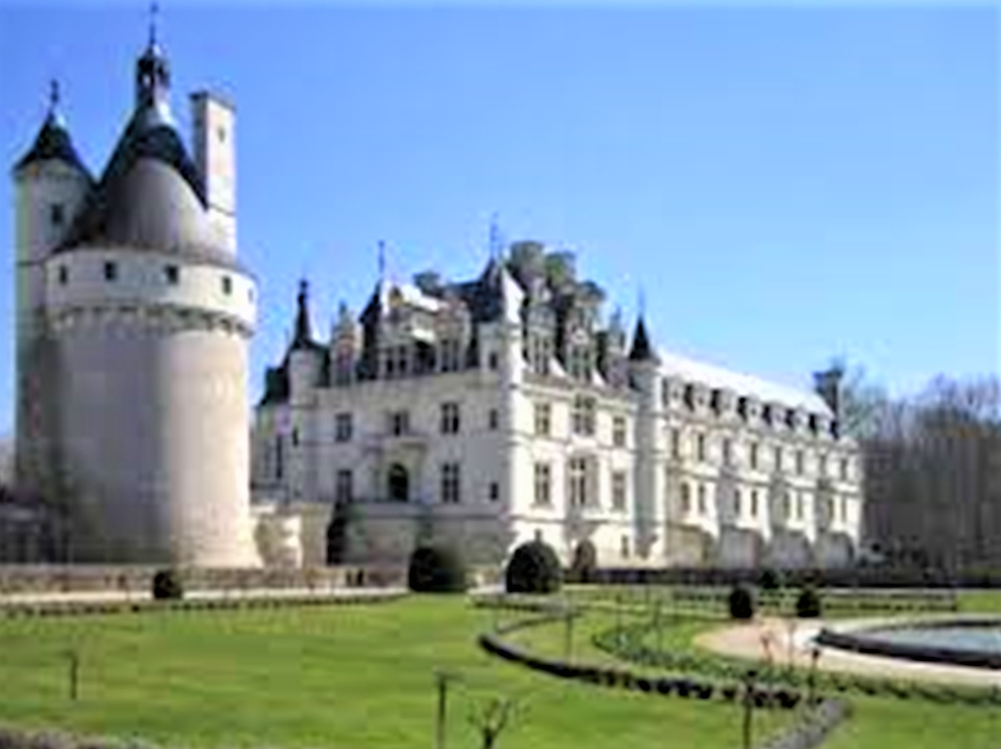
But it is this very complexity that makes Vouvray so difficult to sell. The wine can be mouth puckeringly dray and acidic when young, while mellowing into a rich deep roundness with age. It can be dry, medium or in very special years – with the help of dehydration in the heat or the noble rot fungus – rich and luscious. Vouvray can also be sparkling, and the dry acidic young wine becomes something very special when vinified and allowed a second fermentation, champagne style, in the bottle.
But therein lies the problem. The French see Vouvray as a sparkling wine and the English see it as still. It depends on the vintage whether it is dry or sweet and, to make matters even more confusing, there was once an attempt once to capture the middle ground and ship a dire medium-sweet version to Northern Europe. Now the town’s wine needs an identity and it had better find one soon, for the grower association pulled out of a world Chenin Blanc convention in case its image was lessened. First find an image, some might say, before you start worrying about it; but visitors should persevere, Vouvray is worth getting to know.
To the south of the river lies the region of Sologne; it is an area of woods and marshes, of fertile lands which produce the best asparagus, beans, berries of all sorts, fruit and of course the game which prompted the nobles to build their châteaux in the region. From these hunting lodges they could take a choice from, among others, pheasant, partridge, venison wild boar; the Sologne is the larder of France. Then the region produces some of France’s best goat cheeses including Crottin de Chavignol and Selles-sur-Cher.
Amboise may have been a Royal City but, to most visitors, the one former inhabitant who they want to learn more about is Leonardo Da Vinci. He ended his life in the old manor house of Clos Lucé, just near the castle. Francois 1 – not Louis for some reason – invited him to France in 1516. Leonardo brought with him three of his favourite paintings including one recorded at the time as “a real-life portrait of a Florentine lady painted to the order of Giuliano de Medici” … and that is how the Mona Lisa came to France. On his arrival he was given the manor house and a state pension, and, in return, the King asked for nothing but the ability to talk with him daily.
Visitors to the Clos Lucé will experience something far more than the usual painstakingly correct but toe-curlingly boring this-is-where-he-lived exhibition. Many of designs and inventions have been built as designed in his plans. You can see how wide Leonardo’s interests were. He was fascinated by machines and how he could make things better and more efficient; his nature studies prompted him to develop machines which could emulate what he saw. He was fascinated by the physical laws and the way that pressure applied in one direction could be harnessed and transformed by cogs and wheels to produce movement in another. He had designs for an early gearbox for example. By seeing a portion of his thought process, you can connect in a very real way with a genius.
There was another side to his intellect. His patrons were absolute rulers who wielded absolute power. Leonardo designed machines to support that power, siege engines, giant canon, armoured chariots and even a tank. Fortunately, a strong, continuous and relatively light power source had not been discovered, so Leonardo’s inventions remained on paper, otherwise history might perhaps have remembered him differently. As a comparison, how do we view those brilliant scientists who learnt how to harness the power of the tiny atom and turn it into a weapon of mass destruction?
But maybe such gloomy introspection is out of place under the summer sun in Amboise; much better to relax with a bottle of Sauvignon de Touraine or sparkling Vouvray and concentrate on major decisions such as where to eat.



